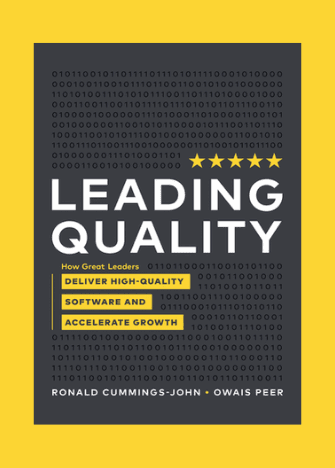Unleashing creativity in manual software testing can lead to the discovery of unique scenarios, innovative test designs, and unexpected bugs that automated testing might miss.
Software testing is often seen as a structured and methodical process, where test cases are meticulously executed to verify the functionality of an application. However, in the pursuit of thoroughness and precision, the role of creativity in manual software testing is sometimes overlooked.
In this blog post, we will explore how testers can tap into their creative potential and add an artistic touch to their manual testing efforts.
Embrace Exploratory Testing
One of the most effective ways to unleash creativity in manual software testing is through exploratory testing. Unlike scripted test cases, exploratory testing allows testers to explore the application freely, think critically, and uncover hidden defects.
Testers are encouraged to approach testing as an adventure, seeking the unexpected and questioning assumptions. By combining their domain knowledge with an open mind, testers can identify scenarios that might not be covered by conventional test scripts.
Leverage Mind Mapping Techniques
Mind mapping is a powerful tool for brainstorming and organizing thoughts visually. Testers can use mind maps to outline various test scenarios, dependencies, and potential edge cases.
By connecting different aspects of the application creatively, testers can uncover unexplored areas for testing. Mind maps help testers stay organized, prioritize testing efforts, and identify gaps in test coverage, ensuring comprehensive testing while embracing creativity.
Collaborate and Crowdsource Ideas
Creativity thrives in a collaborative environment. Testers should actively engage with developers, product owners, and fellow testers to gather diverse perspectives on the application.
Discussions and brainstorming sessions can spark innovative testing ideas and lead to better test case designs. Additionally, crowdsource testing, where testers from different backgrounds and experiences collaborate, can bring fresh insights and creative approaches to finding defects.
Gamify Testing Activities
Gamification can inject a dose of fun and excitement into manual testing. By turning testing activities into games or challenges, testers can motivate themselves and their team to think creatively.
For example, testers can set a time limit to find as many bugs as possible, rewarding the one who discovers the most unique defects. Gamifying testing can create a competitive yet collaborative atmosphere that encourages testers to explore testing from different angles.
Step into the User’s Shoes
Understanding the end-users’ perspective is crucial for effective testing. Testers can take a creative approach by stepping into the shoes of users and simulating real-life scenarios.
By adopting different personas and using the application as a user would, testers can identify usability issues, workflow bottlenecks, and potential user experience improvements.
Conclusion
To crown it all, embracing creativity in manual software testing goes beyond following predefined scripts. Testers should approach testing as an art, where they combine their technical skills with imagination and critical thinking.
Exploratory testing, mind mapping, collaboration, gamification, and user-centric testing are just a few ways to unleash creativity and elevate the quality of manual testing. By encouraging testers to think outside the box and experiment with unconventional approaches, organizations can create a more robust and user-centric software that delights end-users and stands out in the competitive market.
Happy testing!
About the tester
Kano has been part of our global testing community for 2 years and in this blog post, he’s sharing with us effective strategies to deliver web application outstanding results and ensure a seamless user experience.
This article is the sole responsibility of the author. By submitting their work to our blog, authors affirm that the content is original and does not violate any copyrights or intellectual property rights of third parties.







